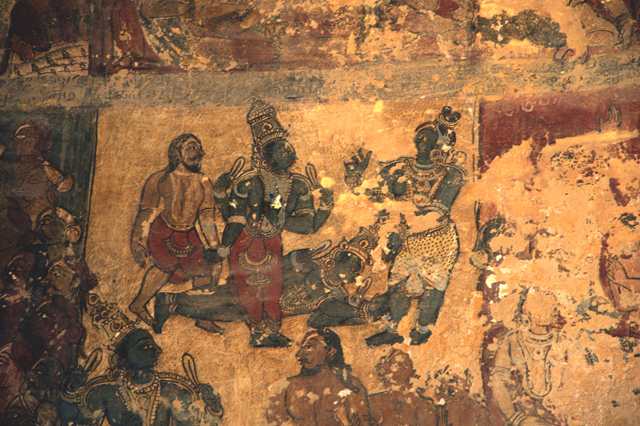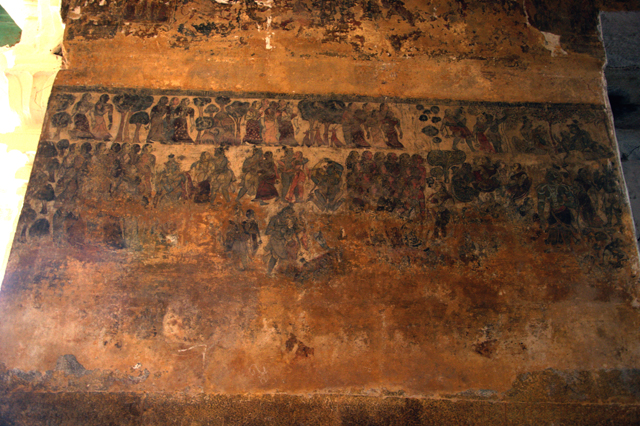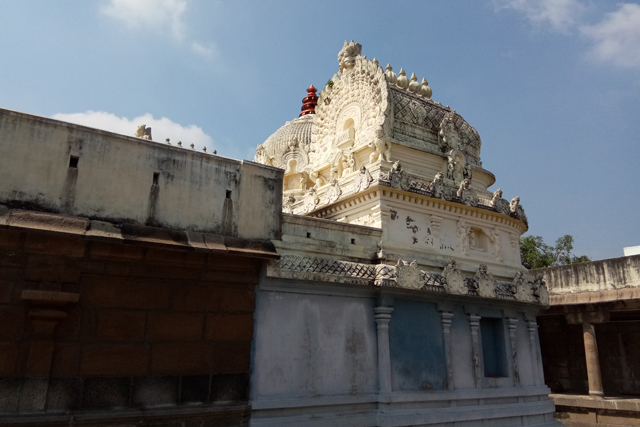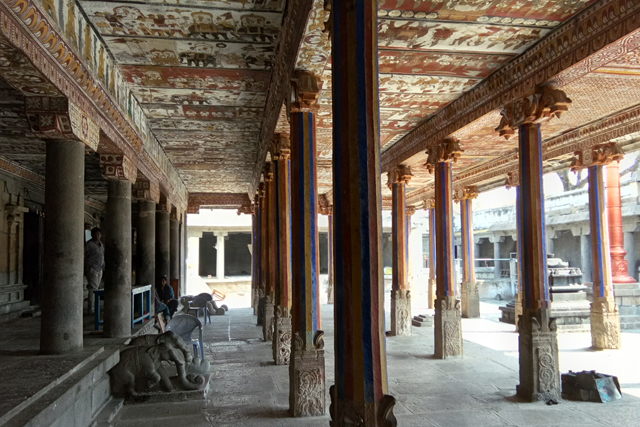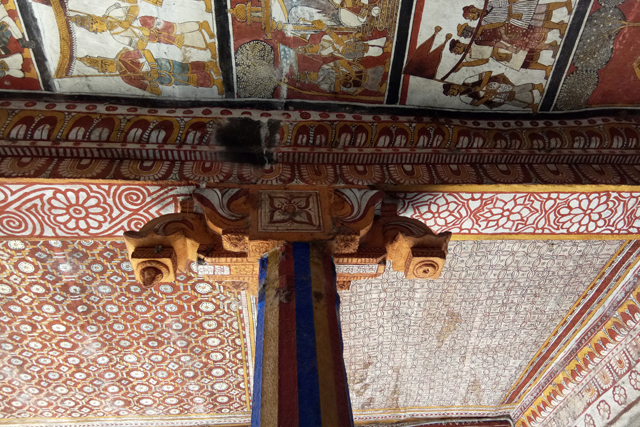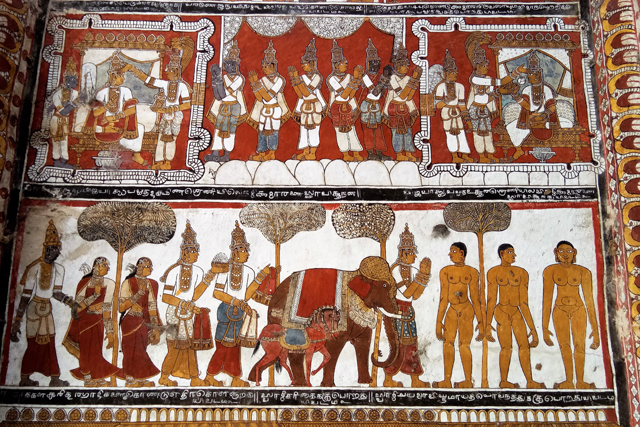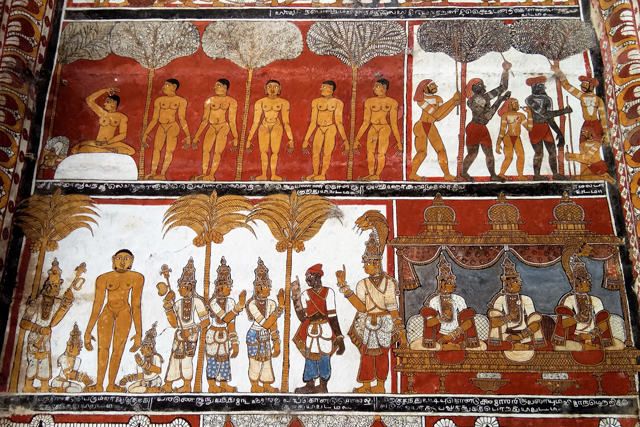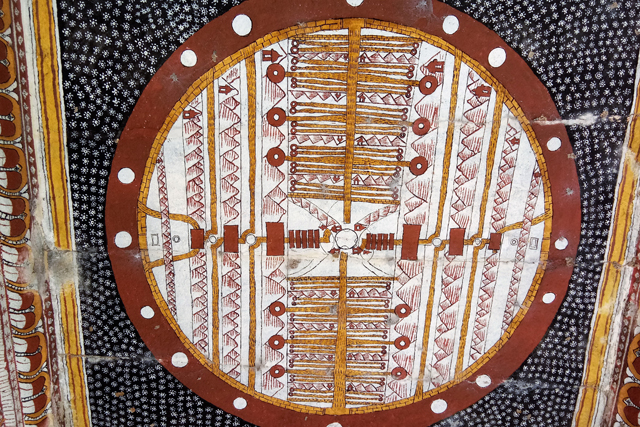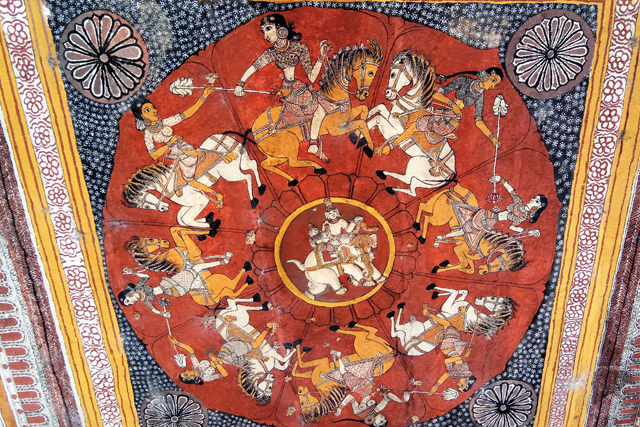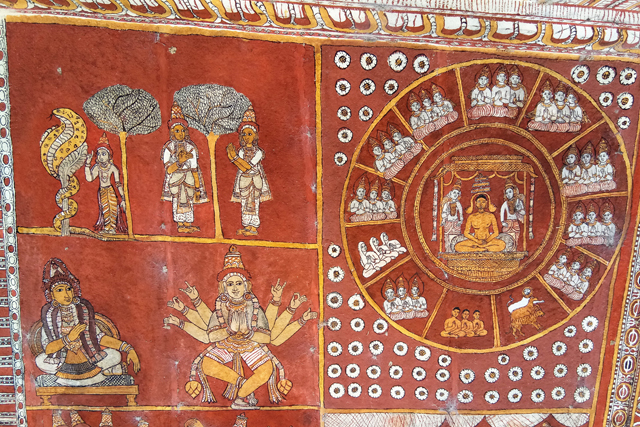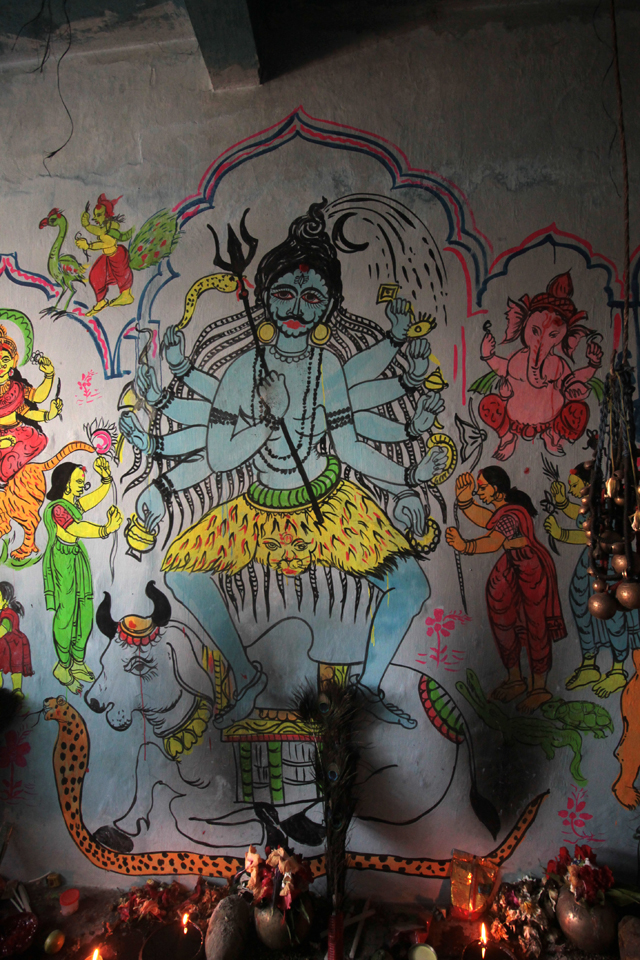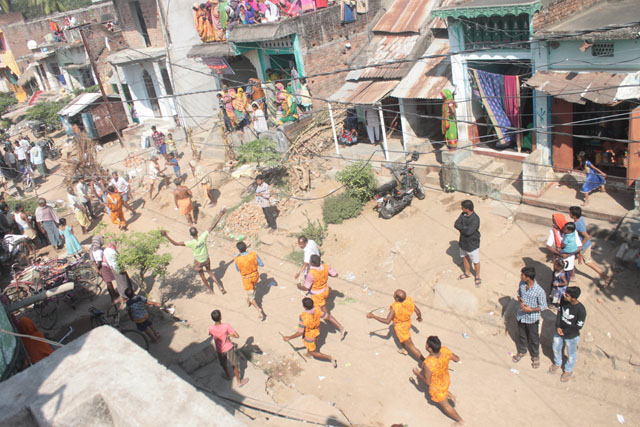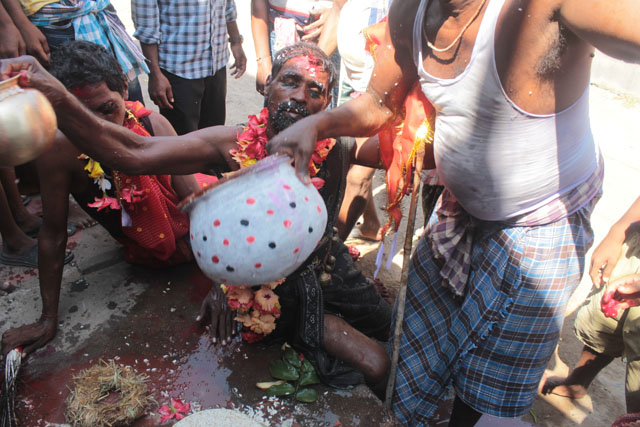Odisha located on the eastern seaboard of India has long been known for its rich culture and heritage. Celebrated as Kalinga kingdom in the historical time, Odisha was once an important maritime nation. Odisha’s Sadhavas (merchants) often would make sea voyages to carry out trade with the merchants of Java, Sumatra, Borneo, Siam, Cambodia and Sri Lanka and bring enough wealth. Through these mercantile communities, Odisha also had made profound cultural expansion in Southeast Asia, which is evident among numerous Hindu and Buddhist art of the region. A comparison of Odisha’s historic art with Southeast Asia’s Hindu and Buddhist sculptures show strong cultural ties between the two regions.

The Golden Sea beach of Puri at the time of Sunrise

Odisha’s Wall Murals at Nuapatna Village
For an appreciation of Odisha’s heritage and to narrate the stories of Odisha recently Virasat E Hind Foundation had conducted its first curated trip for four guests from the National Museum of Thailand at Bangkok. It was the brainchild of our esteemed friend Ms Anita Bose who also worked as a volunteer in the museum until recently. Though the guests are based in Bangkok at the moment they represent diverse nationality, Beverly from the United States, Cathy from the UK, Nathalie from France and Tasnee from Thailand.
The trip was for 5 days, part of an 11 day East India Tour, which also included West Bengal, Anita’s home state, apart from Odisha. In Odisha, the trip was conducted in the golden triangle (Bhubaneswar, Puri and Konark), Buddhist excavated sites at Ratnagiri and Udayagiri, the royal heritage of Dhenkanal, Joranda, the global headquarter of Mahima Cult, Dhauli, the battle site of Kalinga, Ragurajpur, Odisha’s craft village, Nuapatna textile cluster and Dokra craft of Saptasajya. The logistic support for the trip was provided by Discovery Tours and Travel, Bhubaneswar.
The trip had been designed to showcase Odisha’s diverse heritage in a capsule, from culture to heritage, forest and mountains, art and craft and food.
Visitors arrived from Kolkata in an early morning flight and they were received with a hearty welcome.

Receiving the guests at Bhubaneswar Airport
Our first destination was Dhauli, the battle site of Kalinga. Dhauli is also where the story of Odisha begins. At the break of the dawn, the site of Dhauli is transformed into a mystical aura overlooking the Daya River, which was the stage of Kalinga battle. You become a time flyer visualizing how the site would have looked 2,300 years before at the time of the battle and Emperor Ashoka gave up his arms while surrendering to the eight noble paths of Buddhism.




At Dhauli Battle Site in the Early Morning
Our next stop was the Yogini Temple at Hirapur, one of the four open-air circular shrines dedicated to Tantric Yogini worship in the whole of India. Some of the Yoginis at Hirapur look terrific with their Tantric gesture and attire. Our guests also offered puja at the shrine and were narrated about the Tantric practice in Odisha in the historical era. The temple is dated to 9th century.
After visiting the Yogini temple, we headed for Ranch Restaurant to relish an Indian breakfast. It was also the occasion for a chit chat and to know the interest of the guests better.

The next stop was at Raghurajpur, Odisha’s craft village. Sri Gangadhar Maharana, Odisha’s finest patachitra artist had been intimated before. Our guests strolled through the open-air art corridor of Raghurajpur and interacted with several artisans and finally spent considerable time at Gangadhar Ji’s house to see his innovations for the art. We also narrated the origin and evolution of patachitra art and what makes it unique among all Odia crafts. Anita also has written a book on Patachitra and Jagannath cult. The next surprise was the Gotipua dance. The young boys had dressed up like girls and performed stunning dance sequences before us for about 30 mins. It was the highlight of the day. Our guests were simply astounded.






At Raghurajpur
We headed for Puri for the check-in at Cocopalm Resort, which is sea facing on the Beach Road.


On day 2 the early morning was spent at the golden beach of Puri experiencing various morning activities in the beach and fishermen delving into the deep sea.



At Golden Beach in Puri
After a lavish breakfast in the hotel, we headed for Konark, Odisha’s only world heritage monument and an epic in stone. Our guests were taken on a journey through its art corridors. It was magnificent glowing under the morning sun. After spending an hour we visited the recently built Konark Interpretation Centre and explored Konark’s history, legend, art, architecture and also about history and monuments associated with Sun worship of India. Watching a documentary film on Konark in a cosy theatre was an experience by itself.




At Konark
After relishing a delicious meal at the seaside Lotus Resort we returned to Puri for a brief nap. In the evening we again travelled to Konark to witness Odissi Dance at Konark Kala Mandap. Thanks to the gesture of Anita, Abhada, the mahaprasad of Lord Jagannath had been arranged in the hotel.

On Day 3 we explored the temples of Bhubaneswar in the morning. Our guests were narrated about the idea behind Hindu temples, their meaning and in particular about Kalinga temples, their architectural styles, legends, history and cultural significance. We saw Brahmeswar, Parasurameswar and Mukteswar temples.


In Bhubaneswar Temples
After visiting the temples we headed for Odisha Hotel in Lewis Road to relish a sumptuous Odia thali. It was grand with all ingredients of an Odia meal, badi chura, chenna tarkari, kakharu phula bhaja, tomato khata, patra poda machha, and rasagola. All our guests enjoyed the food very much.



After lunch, we went to visit the towering Lingaraj Temple, the highest achievement of Kalinga temples. The next surprise was a visit to the Odisha Craft Museum, one of the finest museums in the country showcasing the region’s finest art and craft heritage. Our visitors were thrilled while taken through a journey of Odisha’s timeless craft culture.
After a coffee break in the museum, we travelled to Dhenkanal for the night stay.
Everyone was surprised when we entered through the ramp and the majestic gate of the royal palace. No one had ever thought that they would get a chance to stay in a royal palace. It turned out to be a wonderful experience for all our guests.





Next day was the longest journey to the Buddhist corridor. After breakfast, we headed for Udayagiri and then Ratnagiri, both excavated Buddhist sites having much artistic splendour of Mahayana and Vajrayana Buddhism. It was almost an emotional journey for all our guests specialising in Buddhism and its art.





At Udayagiri, Ratnagiri and Joranda
In the evening while returning back we spent an hour at Joranda’s Sunya Temple, the seat of Mahima Cult, a 19th-century religious movement which rejected the Hindu orthodox practises and emphasized on the nirakara (god without form) philosophy. Our guests got a chance to interact with resident monks who are known for their simplicity having matted hair and wearing the bark of trees.
Our last day of the trip was spent at Dhenkanal’s Dokra village and at Nuapatna textile cluster. The highlight of the day was having interaction with Sri Sarat Patra, Nuapatna’s most respectful and talented weaver. The trip ended with the shopping of stoles and saree at his shop.






At Dokra Village and Nuapatna with Sri Sarat Patra
In the words of Beverly Frankel
I want to tell you how much I appreciated your knowledge, guidance and friendship throughout our February trip in Odisha’s many architectural and cultural sites. As “Culture Vultures” from the National Museum Volunteers in Bangkok, we adored being able to experience the beautiful villages you showed us for the Patachitra paintings, Odisha dancers, batik and ikat weavers and bronze cast makers. The religious contrast between the majestic temples of Konark and Bhubeneshwar’s Lingaraj, etc and the Aleka Mahini settlement was amazing to see the range of devotional activities.
Ashok’s conversion to Buddhism retold by murals, stone engravings, and the Buddhist sites of Udaigiri and Ratnagiri were unforgettable. Appreciated especially was our arrangement to spend the night in the old Palace in Dhenkanal. It was magical – dining in the garden and living in the spacial splendour of the old rooms. The seaside of Puri and life in the markets and streets of our journey were added delights.
Thank you for making it all possible and guiding us with your vast range of knowledge.































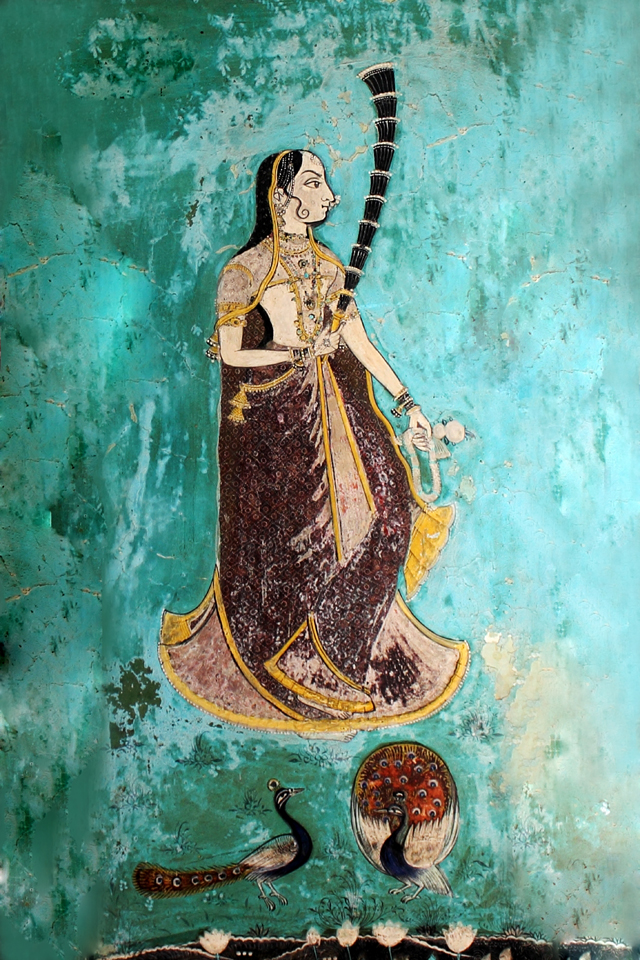
















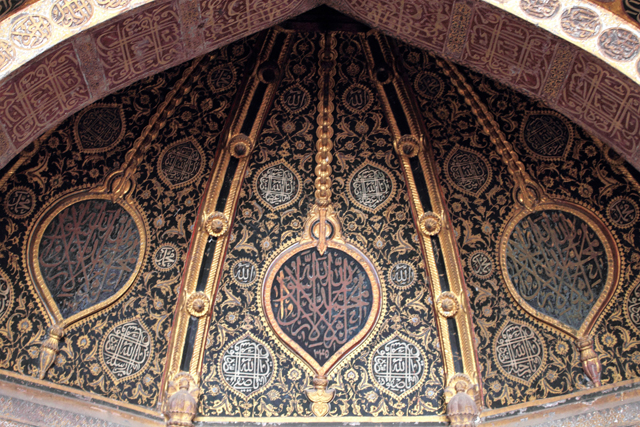

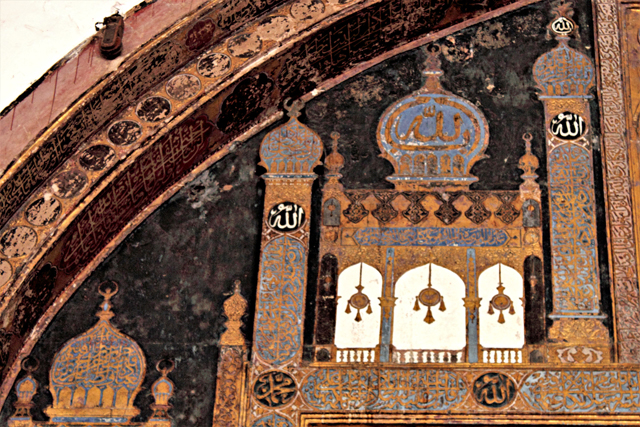
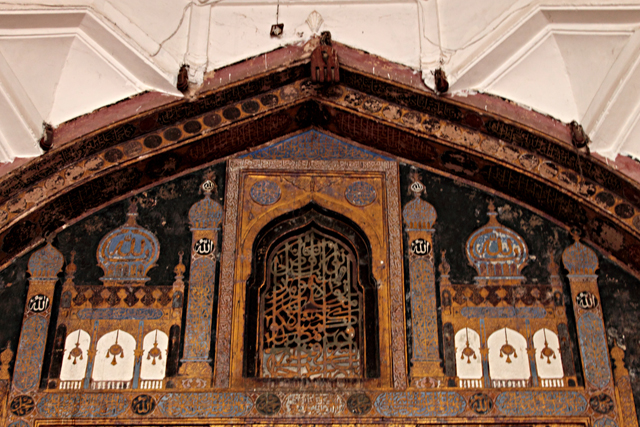












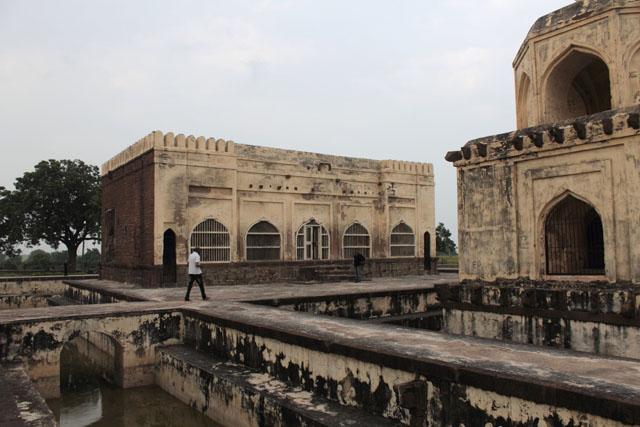






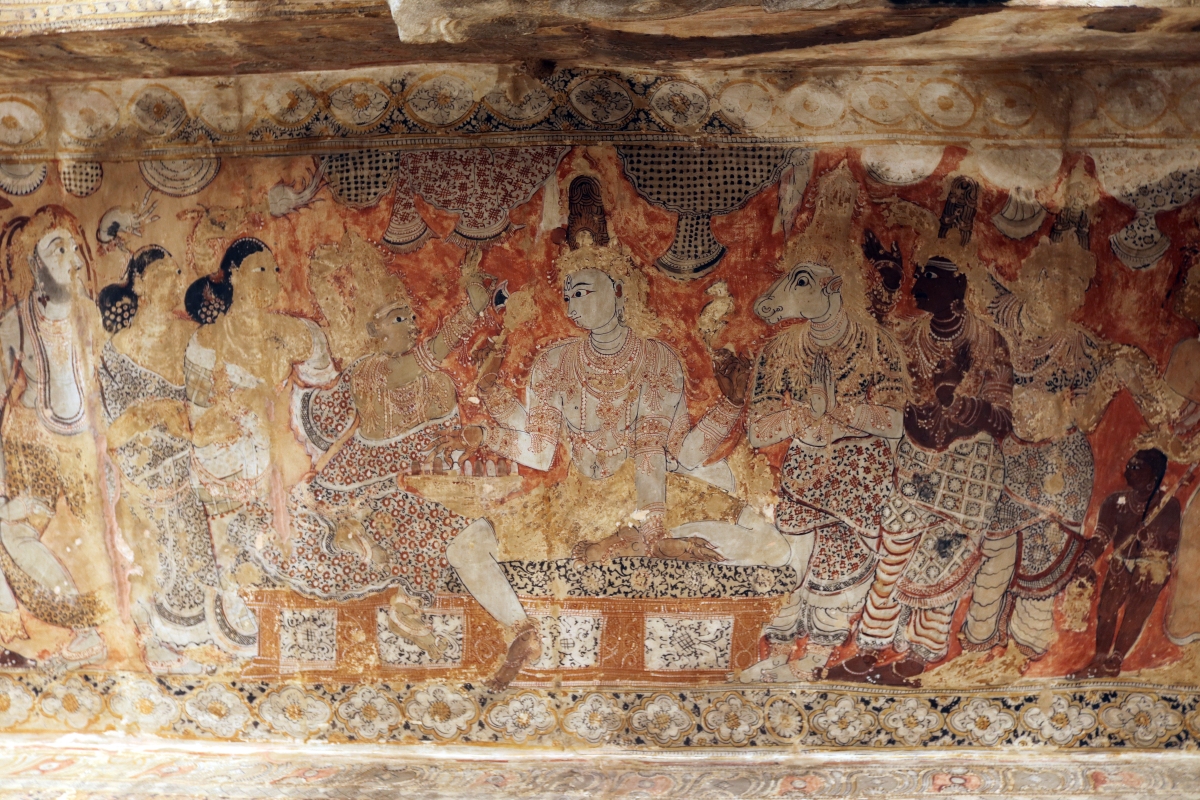



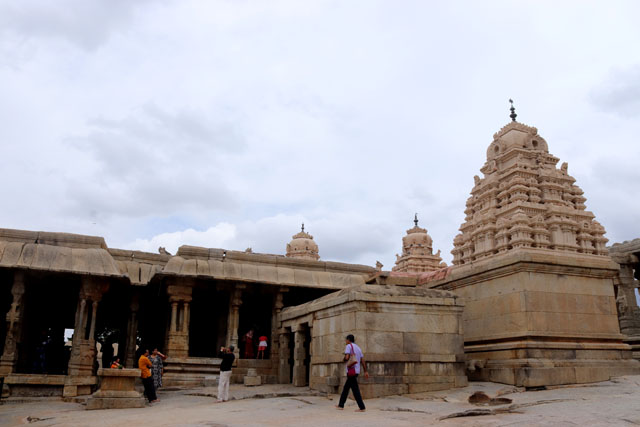












































































































































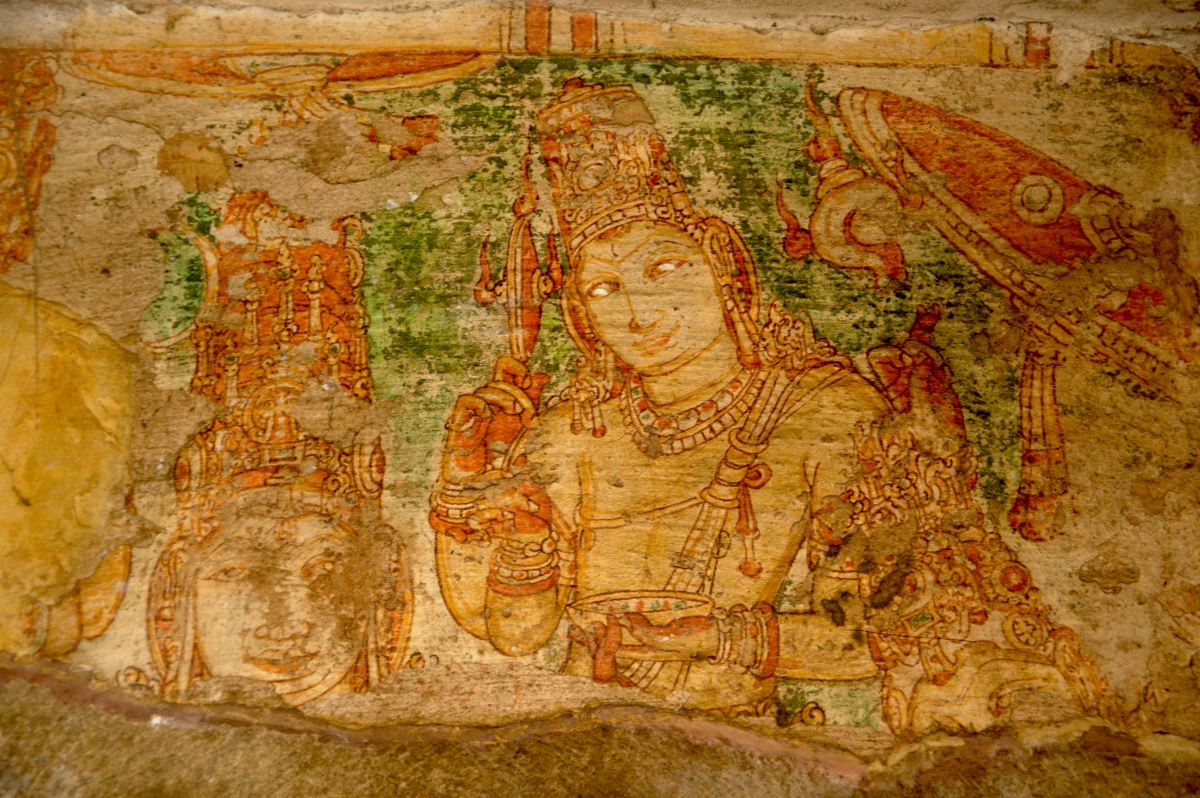
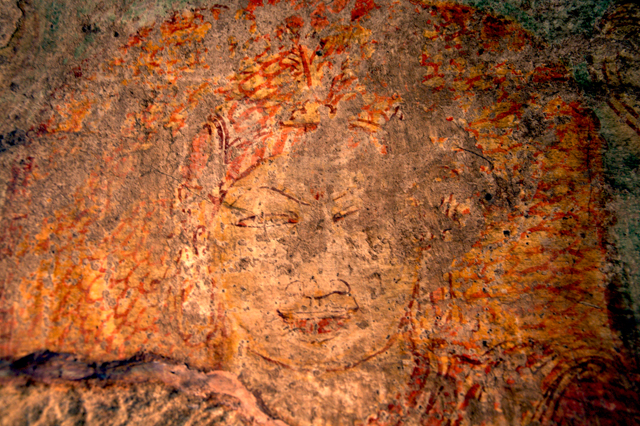
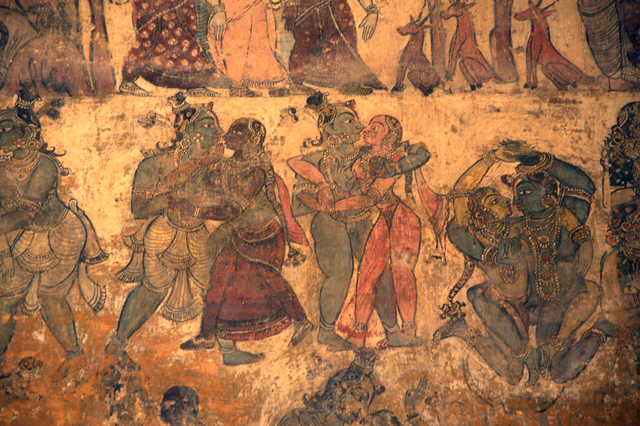
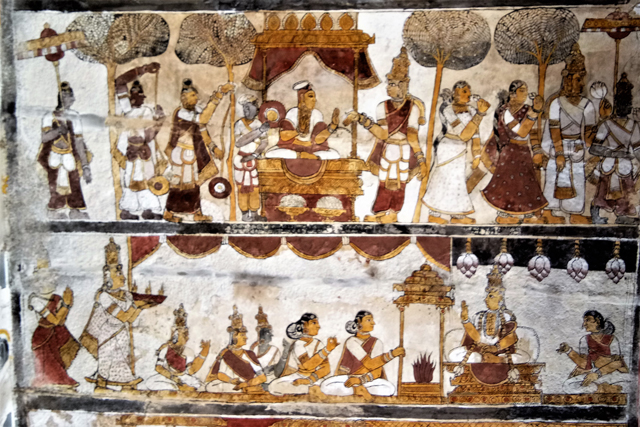
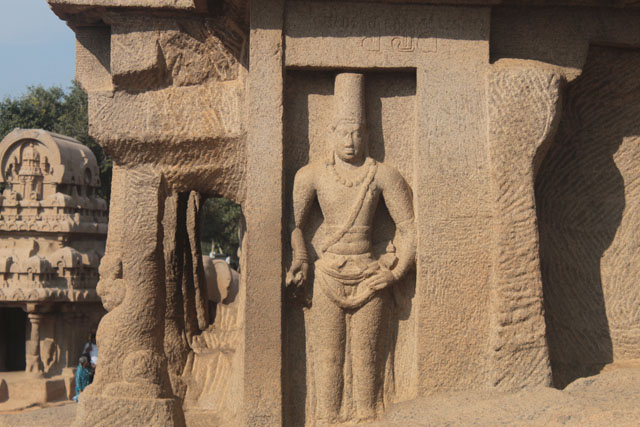
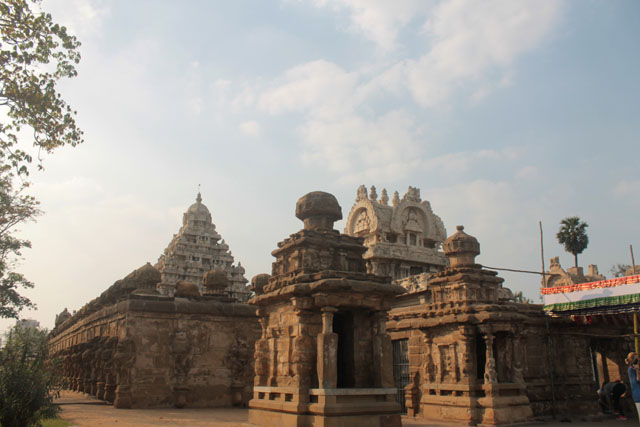


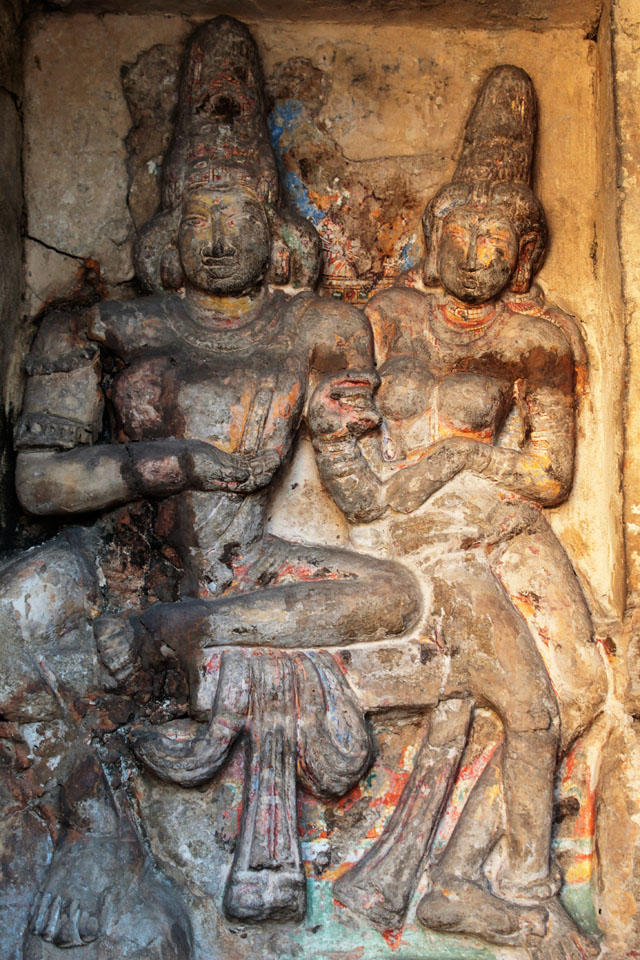
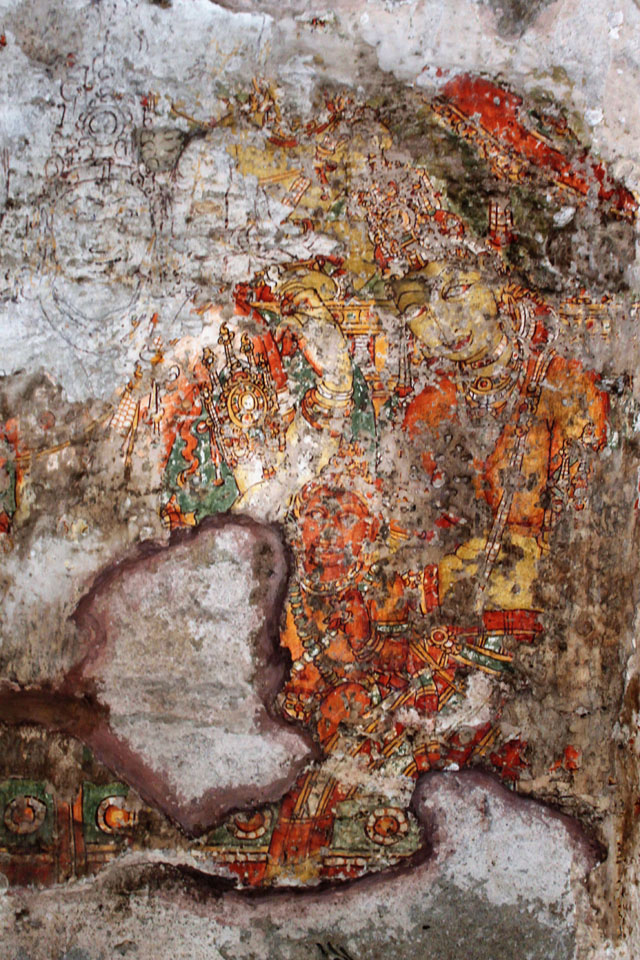

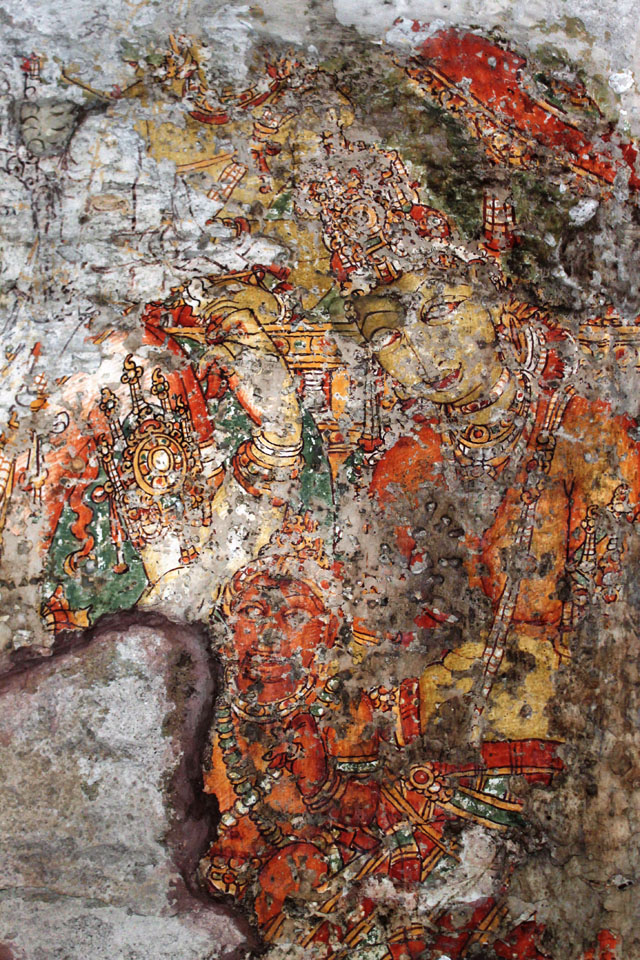
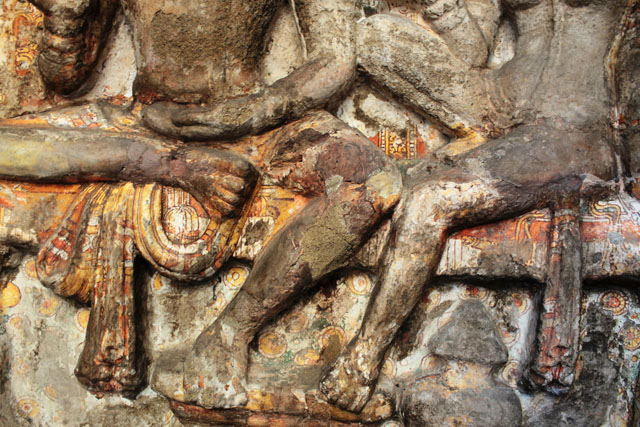
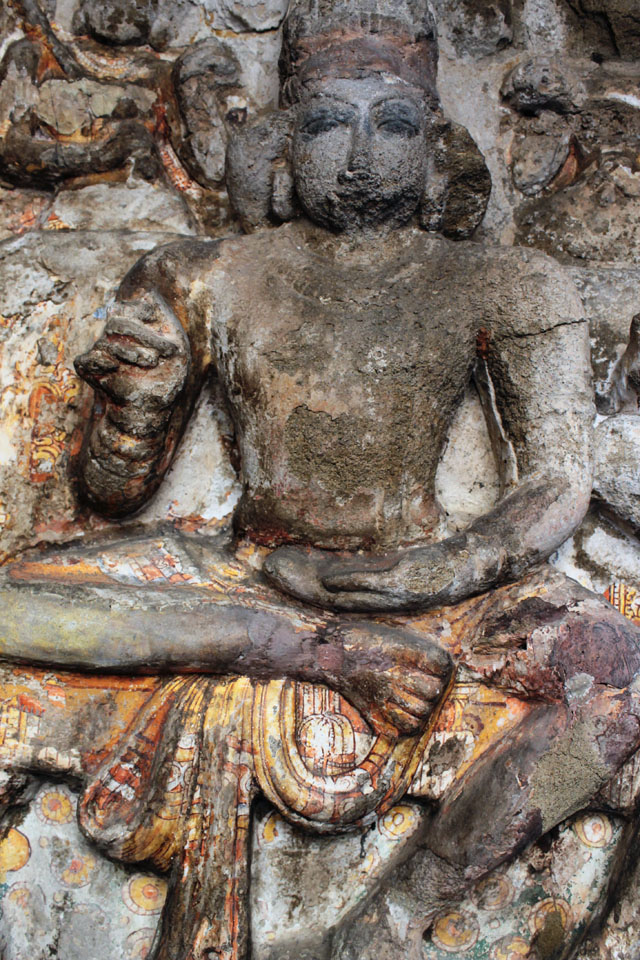
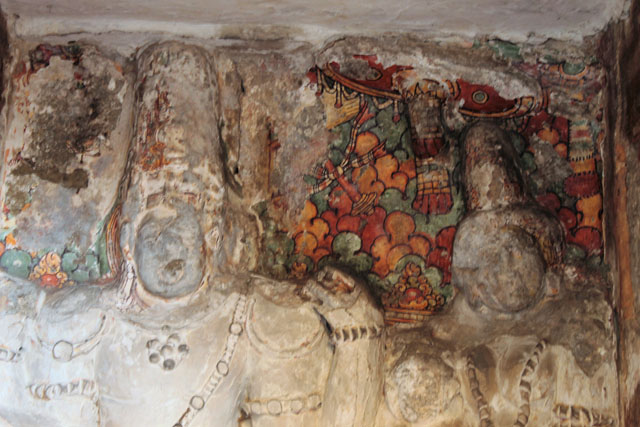
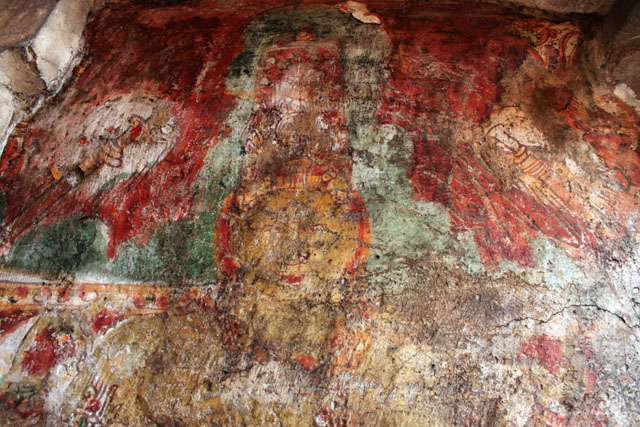
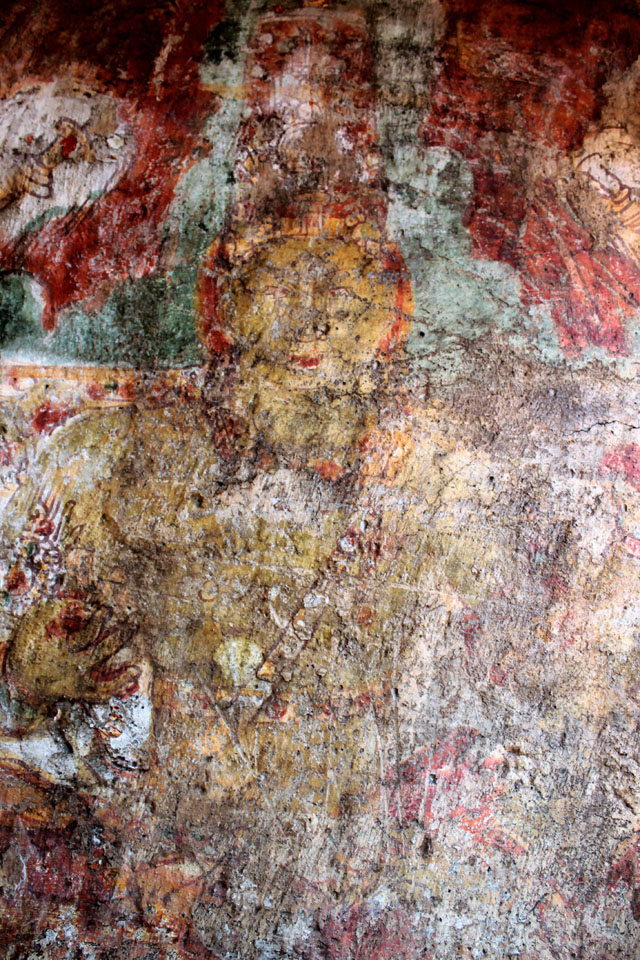
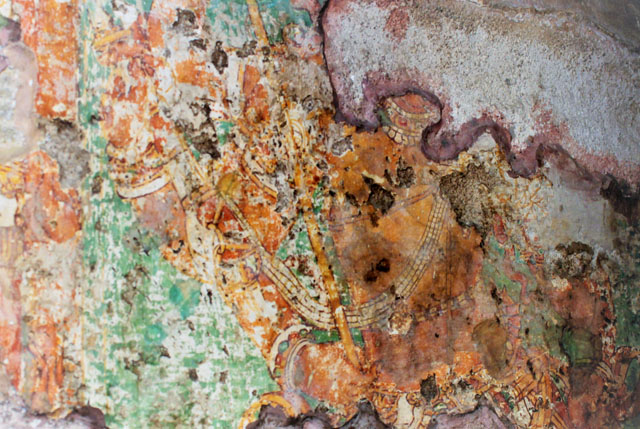

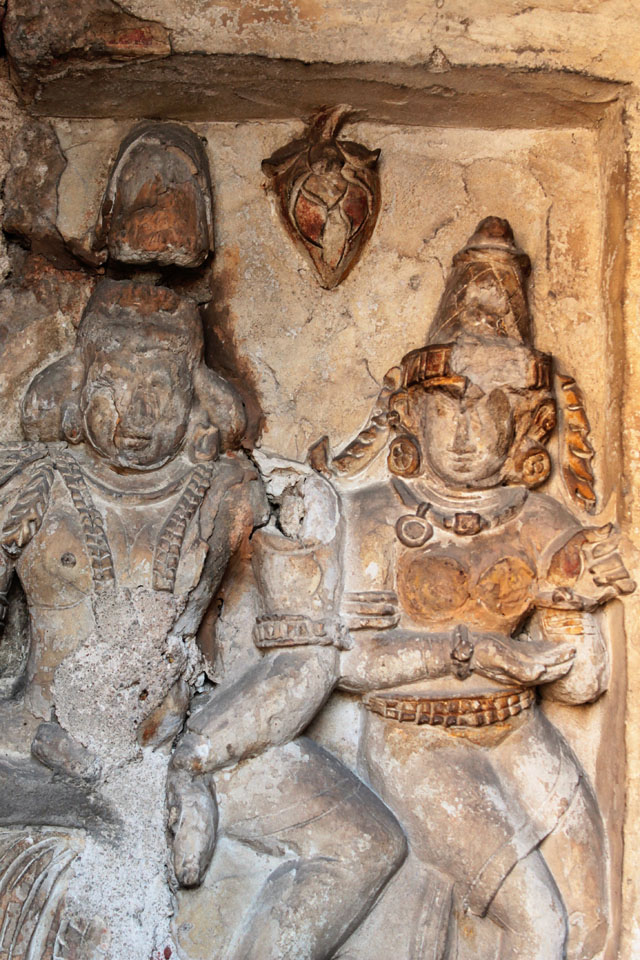

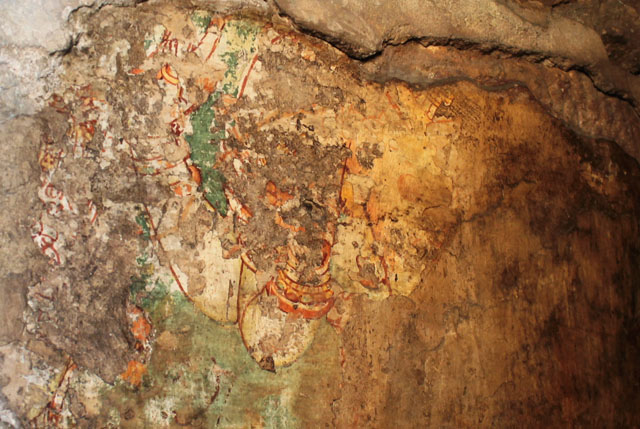

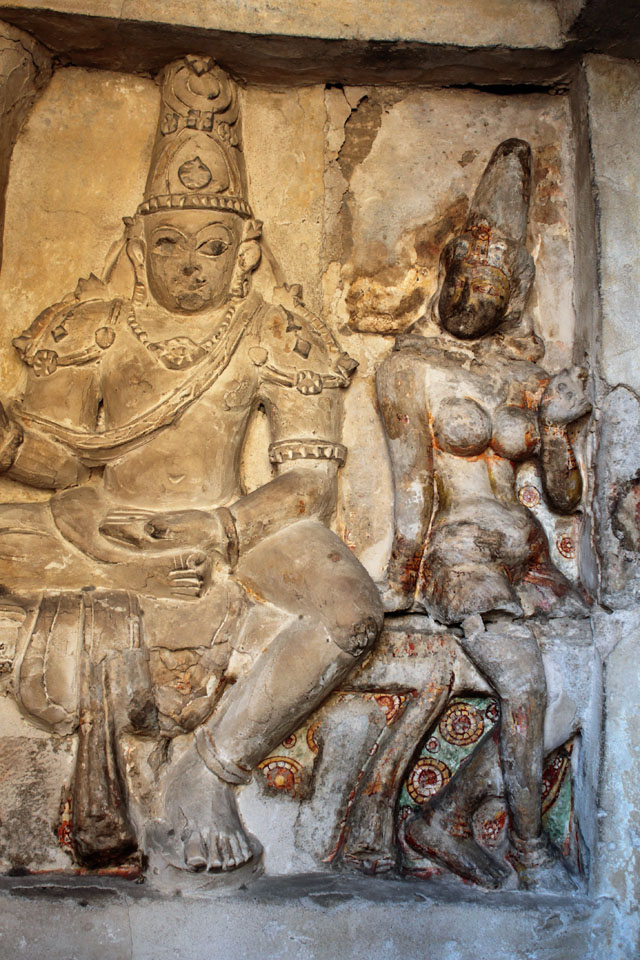



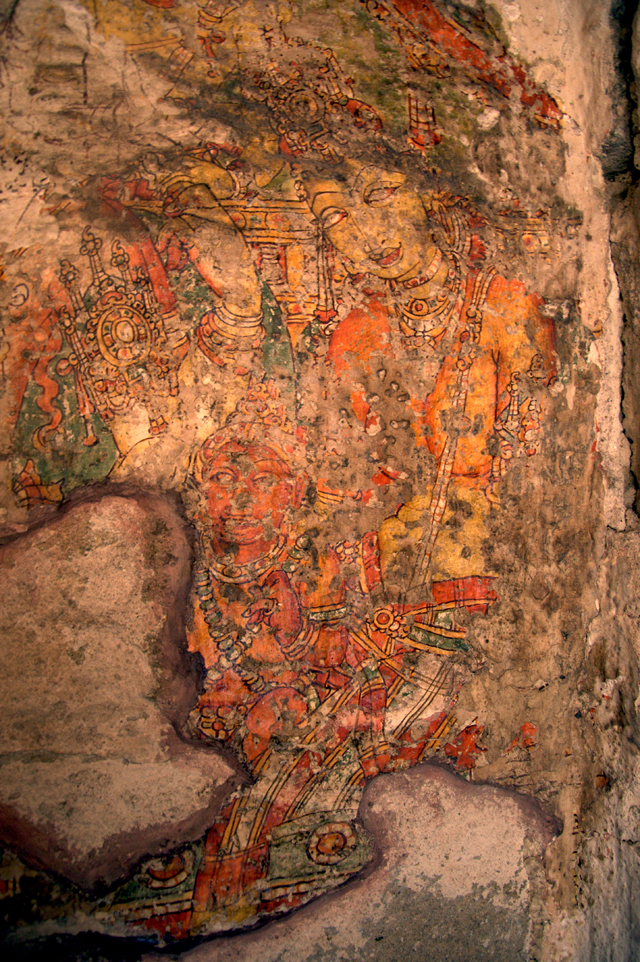
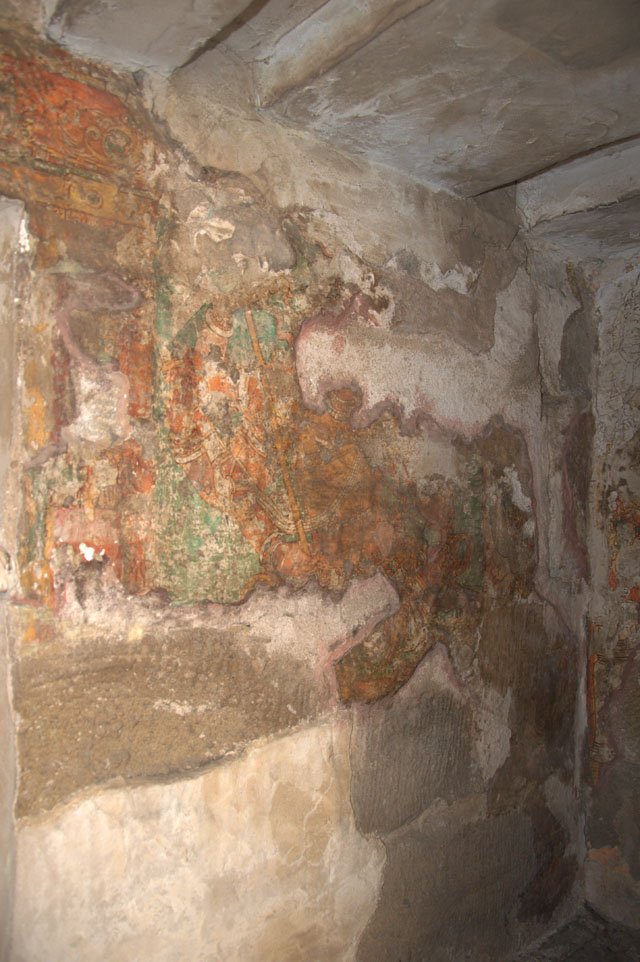



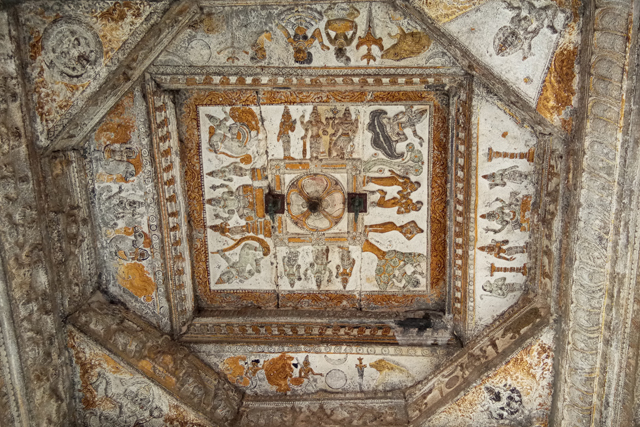
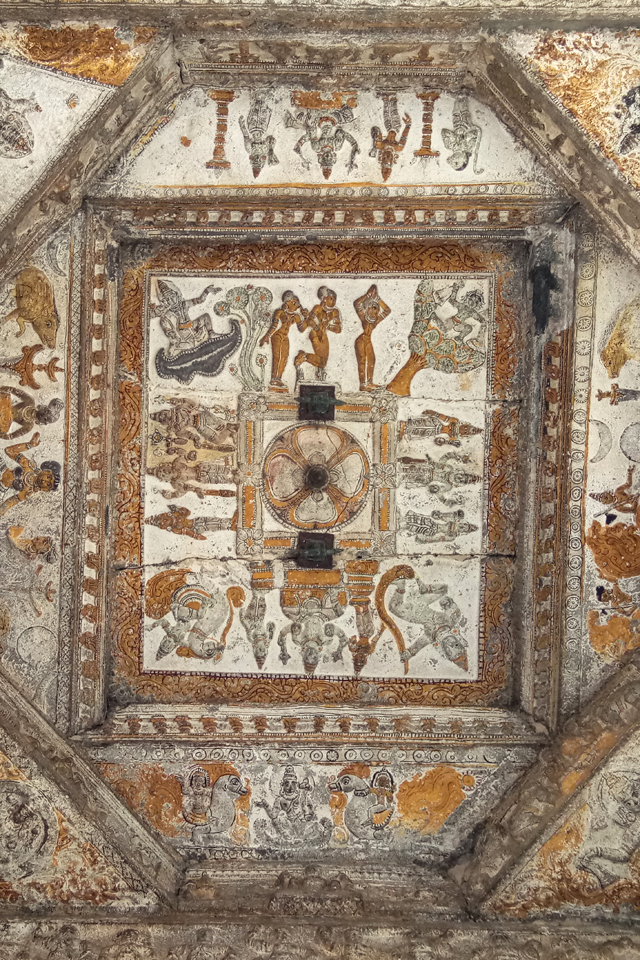

![_DSC0106[955]](https://blogvirasatehind.files.wordpress.com/2018/11/dsc0106955.jpg?w=840)
